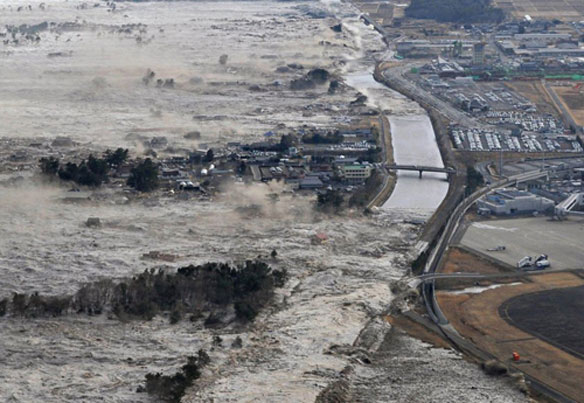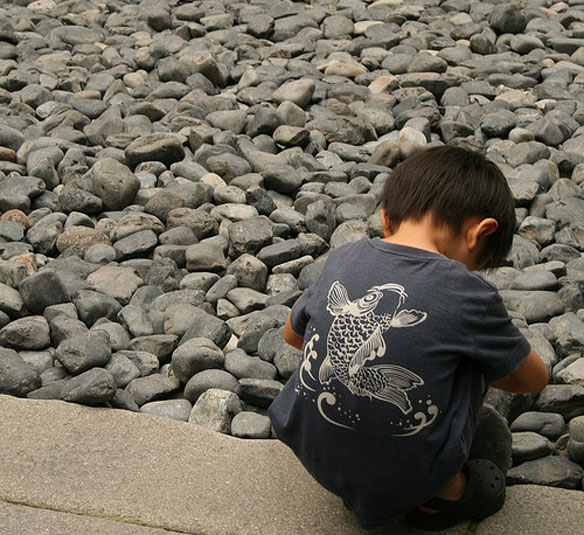
Photo source: NOAA
Excerpts;
“When the ground in Japan started shaking on March 11, 2011, the Japanese, who are well accustomed to earthquakes, knew this time was different. They weren’t surprised—the fault that ruptured has a long record of activity. But this time the trembling continued for six minutes. When it finished, many turned their eyes to the sea off the country’s craggy and quake-scarred coast, as they are taught, and waited for the waves to come.
But the last time something remotely similar had happened was more than 1,000 years ago and, even in a country that prides itself on its shared cultural memory of the distant past, that event had been largely forgotten. Since that time, much has changed. People and development have sprung up along the coast, along with a string of nuclear reactors. Everything, it seemed, had changed in the intervening millennium—except the ocean…”
Read Full Article, by Ken Kostel, Woods Hole Oceanic Institution

Photo source: ©© mithrandir3
Tsunami Warnings, Written in Stone, The New York Times
The stone tablet has stood on this forested hillside since before they were born, but the villagers have faithfully obeyed the stark warning carved on its weathered face: “Do not build your homes below this point!”
Residents say this injunction from their ancestors kept their tiny village of 11 households safely out of reach of the deadly tsunami last month that wiped out hundreds of miles of Japanese coast and rose to record heights near here. The waves stopped just 300 feet below the stone…
Nuclear Plants and Tsunami Risks: 3,000 Years of Geology History Disregarded









